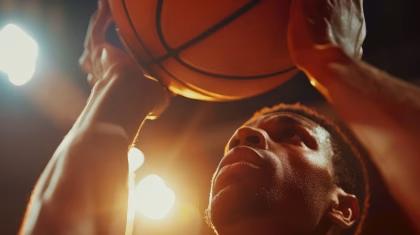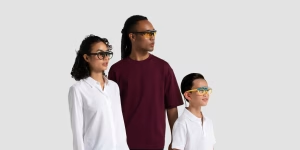Aim: Differences in the gaze behaviour of experts and novices are described in aviation and surgery. This study sought to describe the gaze behaviour of clinicians from different training backgrounds during a simulated paediatric emergency.
Methods: Clinicians from four clinical areas undertook a simulated emergency. Participants wore SMI (SensoMotoric Instruments) eye tracking glasses. We measured the fixation count and dwell time on predefined areas of interest and the time taken to key clinical interventions.
Results: Paediatric intensive care unit (PICU) consultants performed best and focused longer on the chest and airway. Paediatric consultants and trainees spent longer looking at the defibrillator and algorithm (51 180 ms and 50 551 ms, respectively) than the PICU and paediatric emergency medicine consultants.
Conclusions: This study is the first to describe differences in the gaze behaviour between experts and novices in a resuscitation. They mirror those described in aviation and surgery. Further research is needed to evaluate the potential use of eye tracking as an educational tool.
Keywords: eye tracking; gaze behaviour; paediatric emergencies; resuscitation; simulation.







